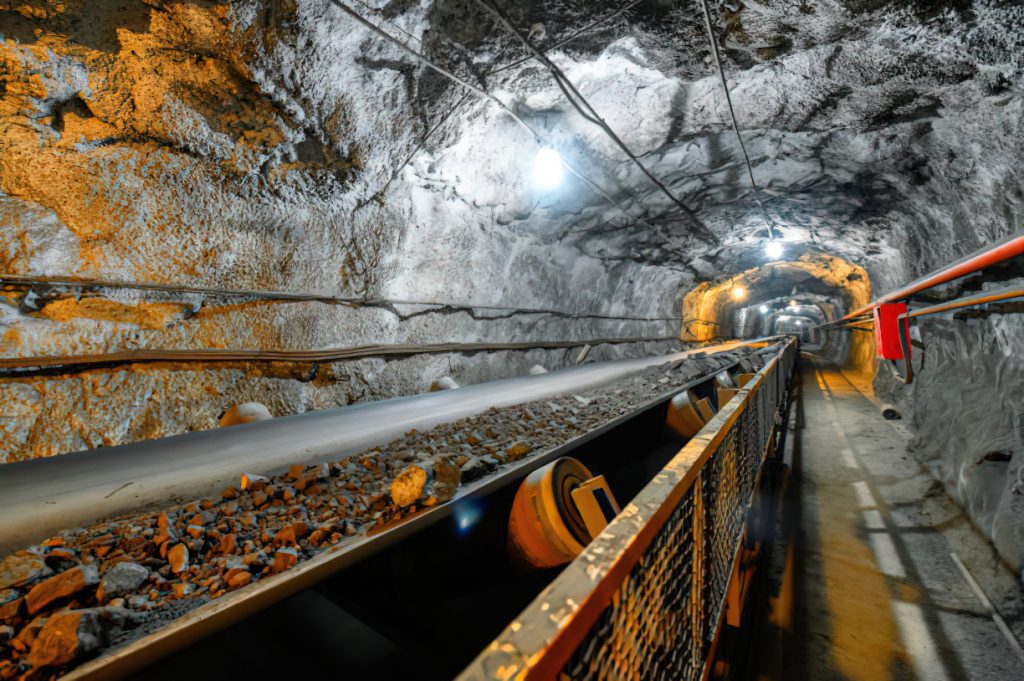Russia plans to turn Far Eastern region into mining centre

By Eugene Gerden
Russia plans to turn its Far Eastern region into one of its centres of mining. This will be accomplished by the discovery and development of more than a thousand various mineral deposits located within the territory.
For this purpose, the Russian Ministry of Natural Resources has prepared a program for the geological study of the Far East. This has been recently confirmed by the Minister of Natural Resources and Environment of Russia, Alexander Kozlov.
According to the minister, as a result of the proposed program, Russia will become the world leader in terms of gas and gold reserves (currently second and third, respectively) and will be among the top four in such scarce types of minerals as tungsten, lithium, uranium and rare earth metals. He added that the program will also take into account traditional types of raw materials such as coal and diamonds.
Thanks to the new program, gold production in Russia by 2035 could increase by 27% compared to 2023, silver by 35%, copper 2.4 times, tungsten 4.4 times, uranium 2.4 times and rare earth metals by 10 times.
At present, the overall dependence of Russia from the supplies of scarce raw materials is estimated at about 65%; however, as a result of the program, these figures will decline to about 20%.
The overall cost of the program is estimated at 200 billion rubles, while the economic effect from its implementation is approximately 2.8 trillion rubles.
According to the Ministry of Energy, as a result of the program, total investments in projects for exploration and production of minerals in the Far East will increase from 358 billion rubles in 2023 to 695 billion rubles in 2035. Thanks to the implementation of the program, exports of raw materials from the Russian Far East will also increase. For example, gas exports will increase from 15.5 billion to 98 billion cubic meters (6.3 times), while copper would increase from 100,000 tons to 850,000 tons (8.5 times).
Russian analysts consider the new initiative as very important, as the Russian Far East is known for its significant reserves of gold, non-ferrous and rare earth metals as well as iron ore, which, so far, have been largely undeveloped. Of these, the biggest hopes are on gold, of which the main reserves are located in the Amur and Magadan regions as well as Kamchatka. In addition, there are huge undeveloped resources of gold in the region.
In addition, about 40% of Russian copper reserves are currently concentrated in the Far East, along with iron, tin, tungsten and rare earth metals. In the latter case, an example is the Tomtorskoye rare earth metal deposit in Yakutia, which is one of the world’s largest REE projects in terms of reserves.
In this regard, as analysts believe, geological exploration and subsequent development of reserves in the Far East will lead to an increase in the volume of their production in Russia by several times.
They also believe the plans and estimates of the Ministry of Natural Resources “look realistic and achievable” while in order to speed such projects there is a need to stimulate the growth of the number of junior companies in the region, providing them with preferential working conditions.
Still, in order to develop such large-scale mining projects, as part of state plans, is solving the problems with energy and transport infrastructure in the Far East, as many of such projects and deposits are located in isolated regions with limited infrastructure and lack of access to electricity, which makes transporting equipment and materials difficult and expensive.
At present, the vast regions of the Far East remain insufficiently explored due to the distance from the main industrial centres with limited transport accessibility. In this regard, the development of transport and energy infrastructure in the region will require serious government support measures.
